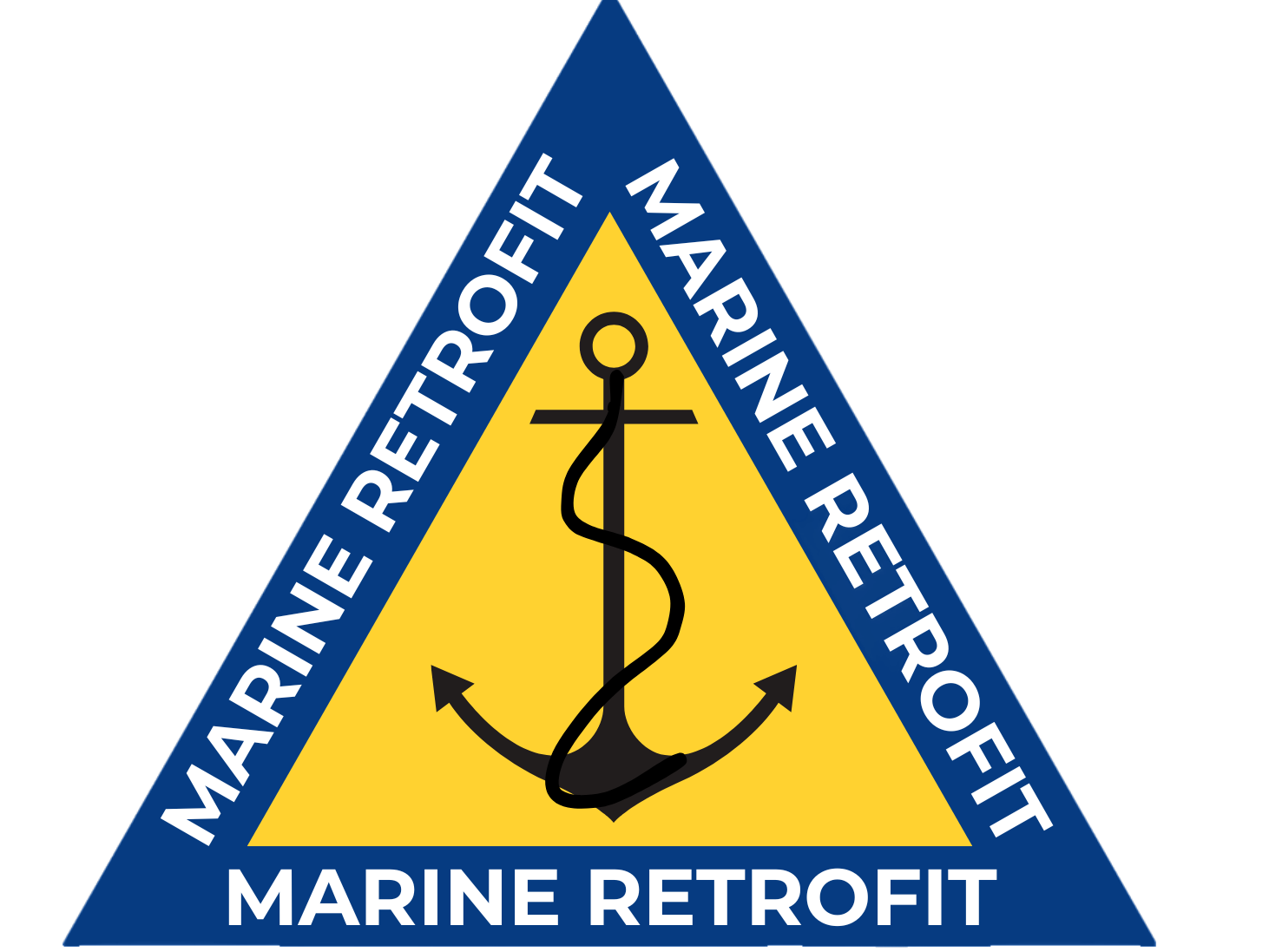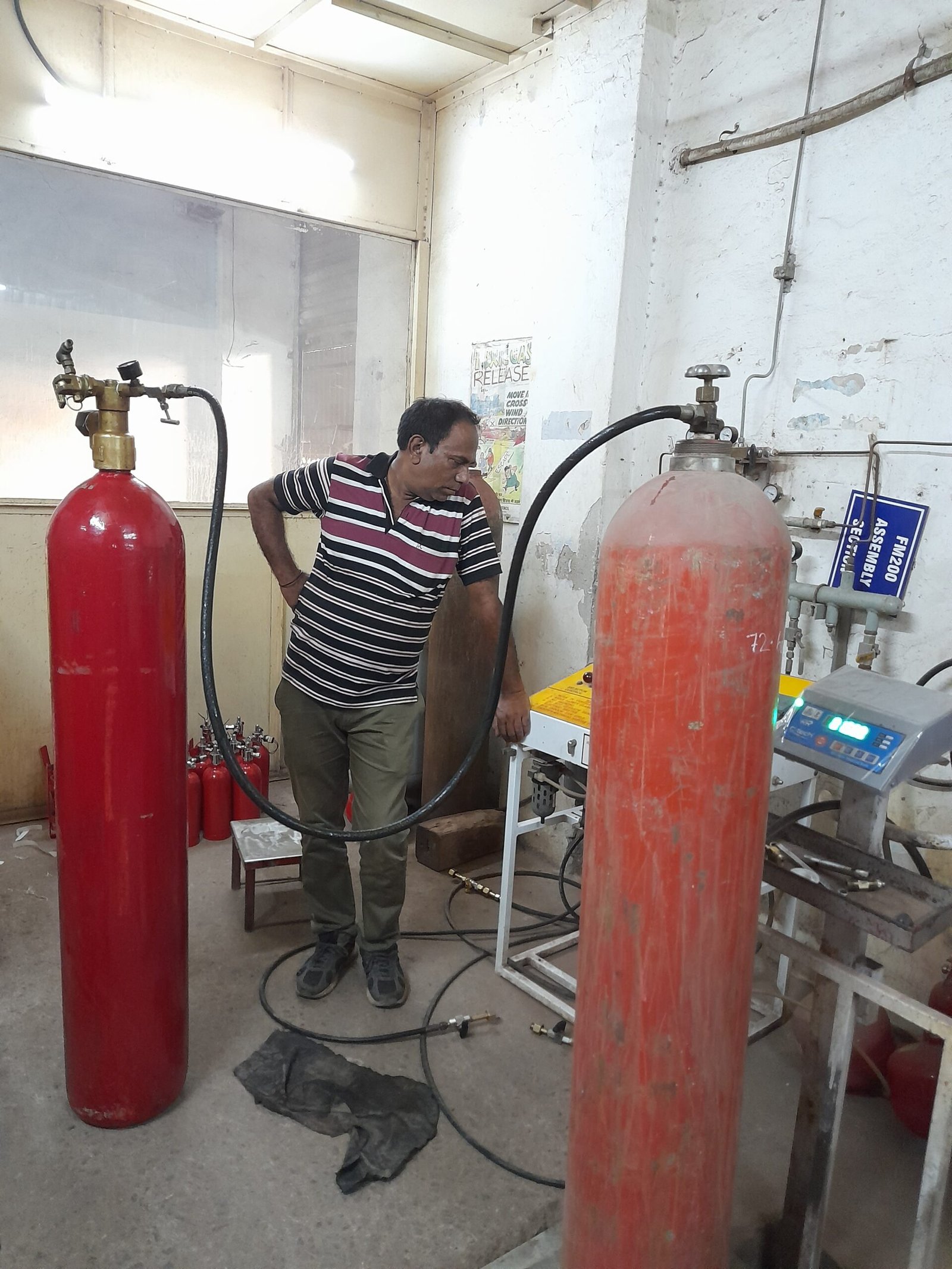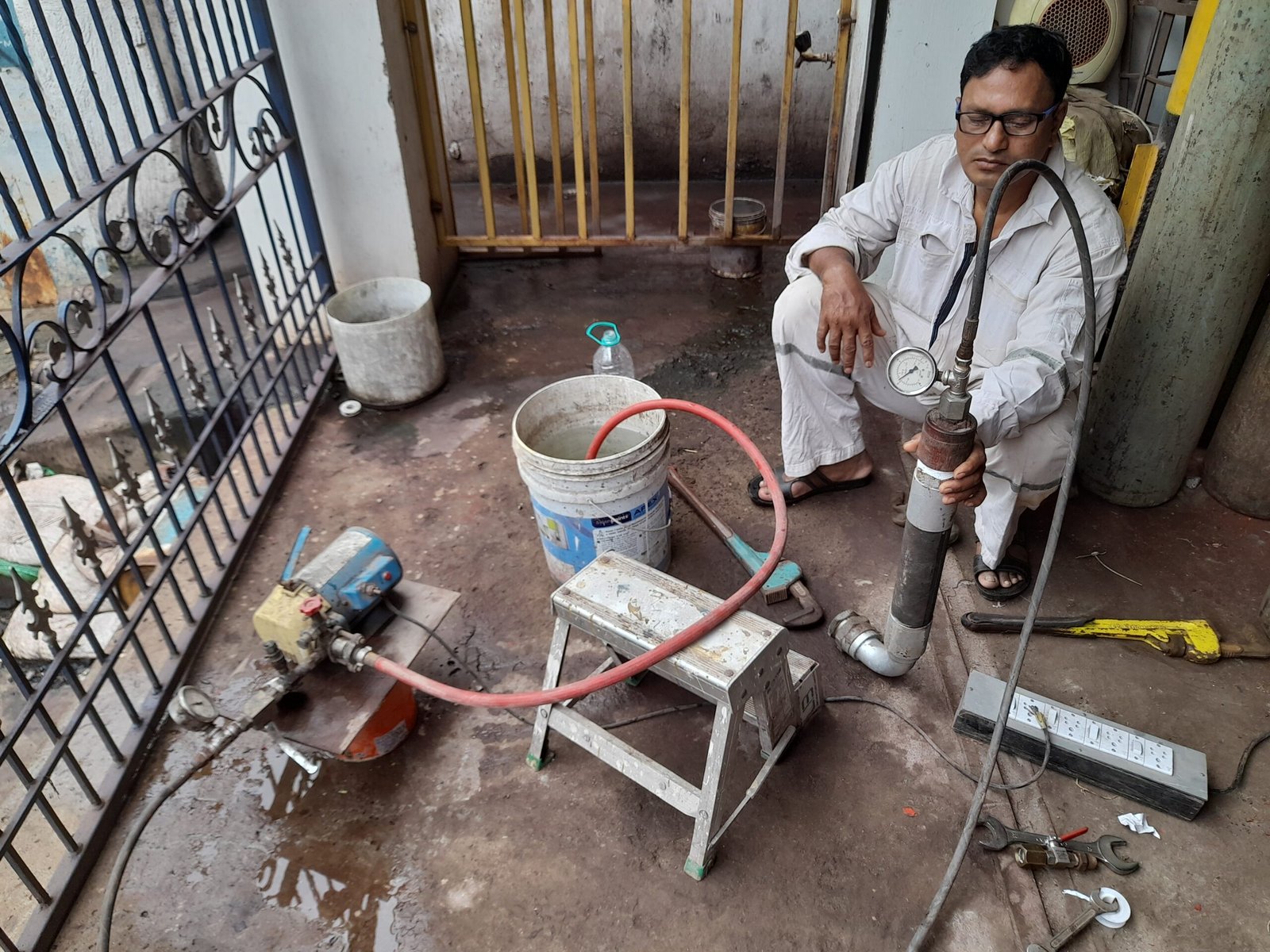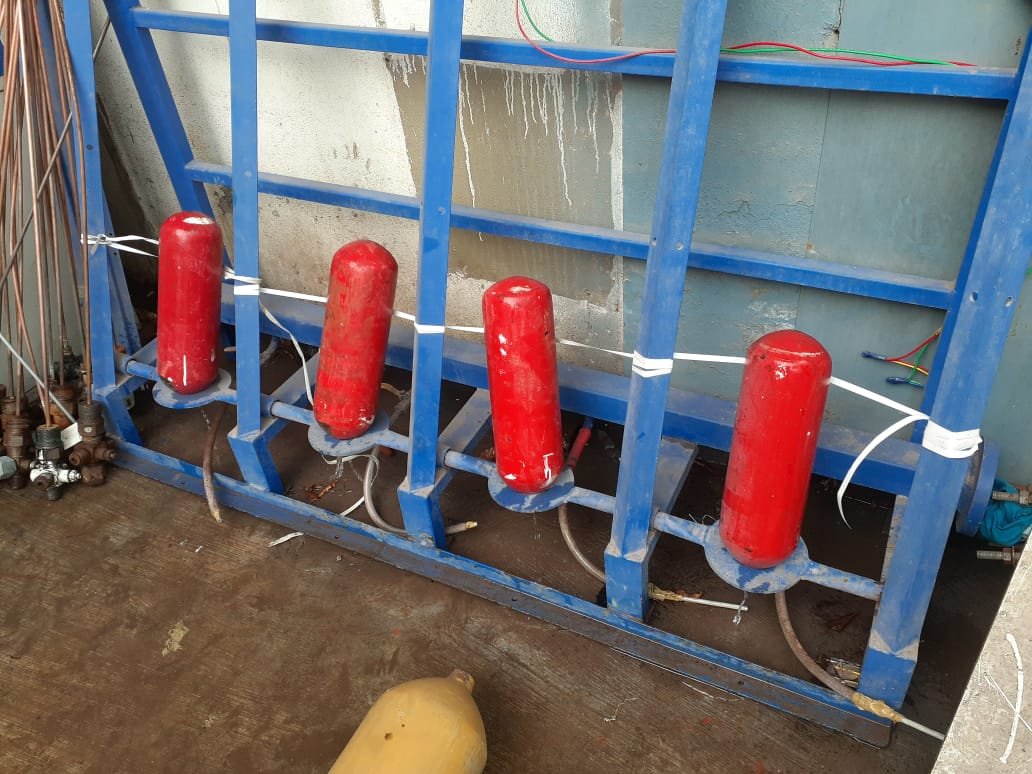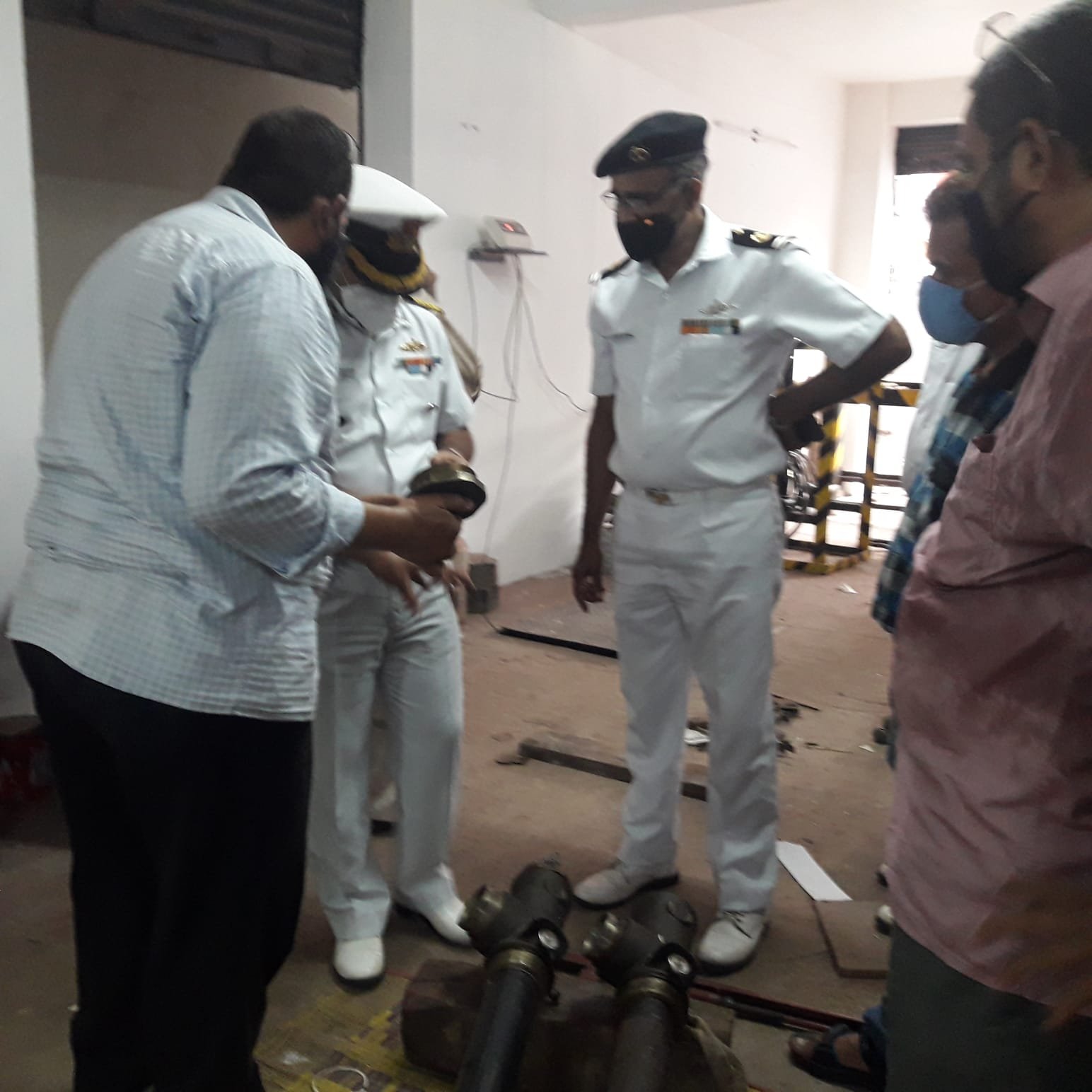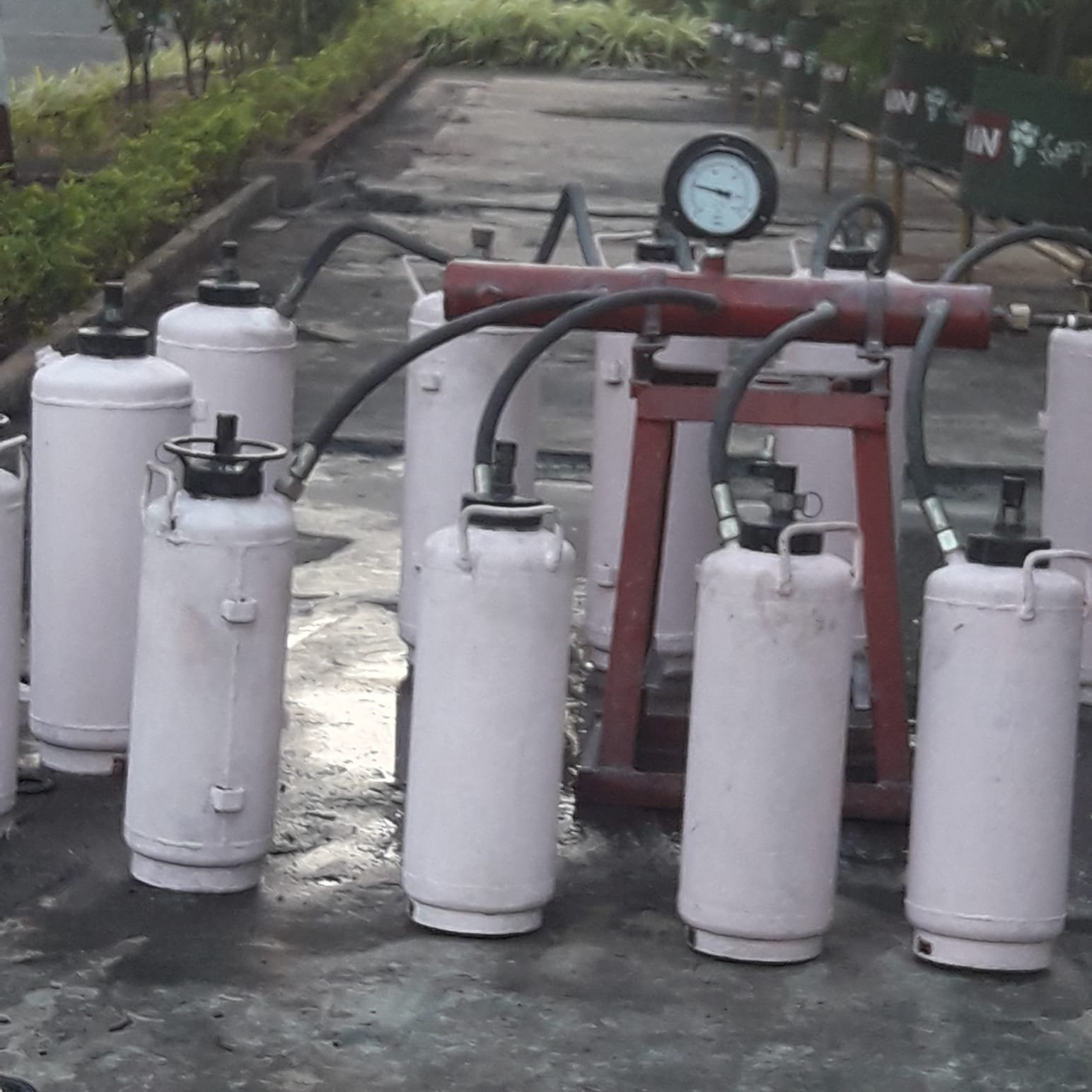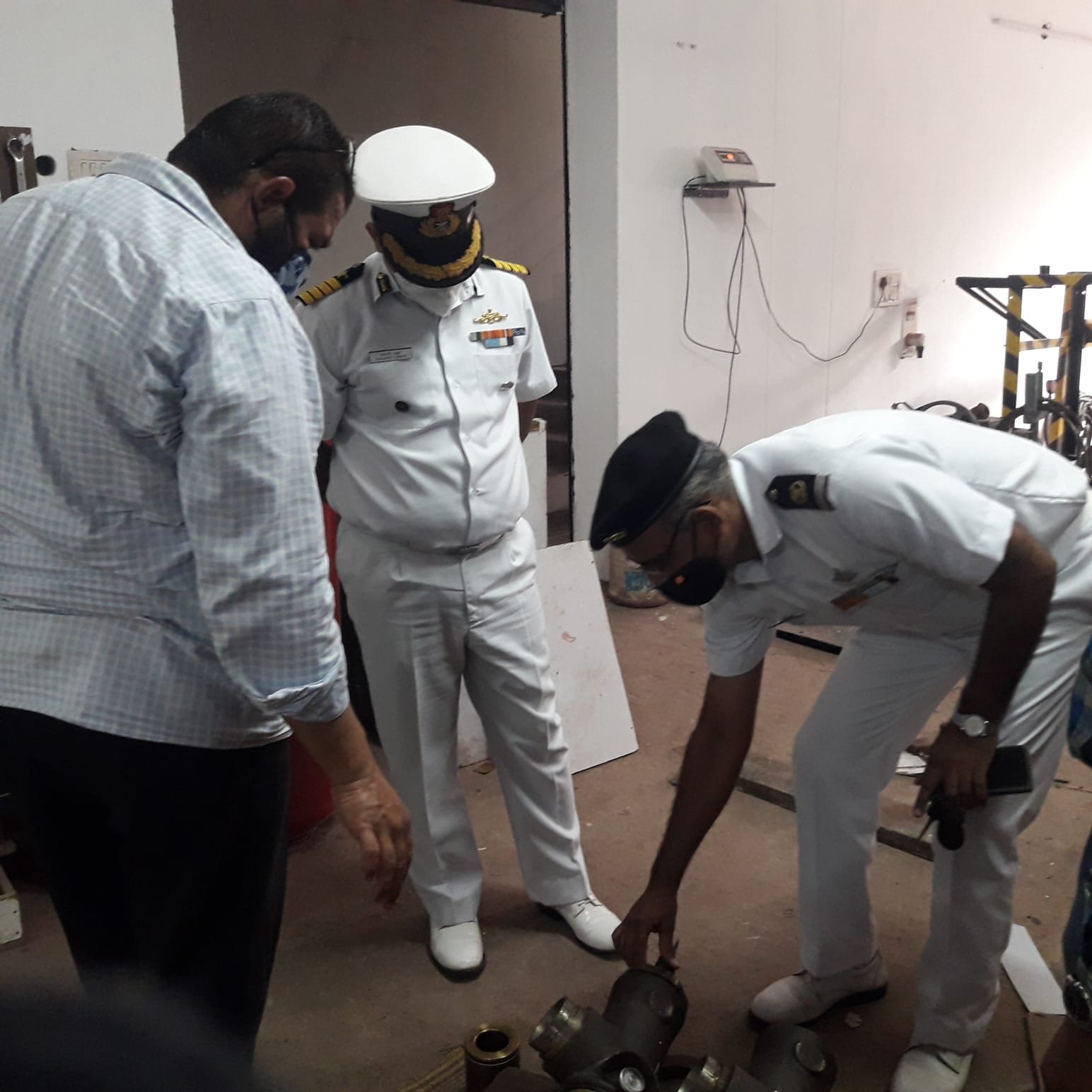Service and Maintenance
360° Fire Maintenance
Keeping your system ready to respond
24/7 support that comes to you
Compliance and testing services for peace of mind
Wherever ‘lifesaving’ equipment exists, it is critical to ensure that it is ready to perform in the event of an emergency.
For those responsible for workplaces, there are strict requirements for the maintenance of essential services such as fire safety equipment. Responsibilities can include maintaining equipment to specific standards, keeping maintenance records and completing necessary compliance reports.
marine retrofit specialised compliance and testing teams can regularly test and audit your system and equipment to ensure it is in full working order and that it complies with all regional industry standards and government regulations.
Expertise
More than 20 years of experience in the fire protection industry
Quality and Compliance
Our systems are reliable, effective, and compliant with local regulations
Comprehensive Maintenance
We ensure the ongoing performance and reliability of your fire protection systems
Trust the experts who never compromise on your safety
Marineretrofit Service and maintenance
01
Fire Inspection Services
Fire inspection services involve a thorough examination of a building or facility to ensure compliance with fire safety regulations. These services assess fire protection systems, including alarms, extinguishers, sprinklers, and exits. They identify hazards, ensure proper equipment functionality, and recommend improvements to prevent fires and ensure safety.
02
Fire Suppression Systems Maintenance
Fire suppression systems maintenance involves regular inspection, testing, and servicing of fire protection equipment to ensure it functions properly in an emergency. This includes checking fire alarms, sprinklers, extinguishers, and suppression systems like foam or CO2. Maintenance helps identify faults, replace expired components, and ensure compliance with safety regulations.
03
Fire Systems Decommissioning
Fire systems decommissioning involves the safe and compliant removal or deactivation of fire protection systems from a building or facility. This process includes disconnecting fire alarms, suppression systems, extinguishers, and sprinklers, ensuring proper disposal or recycling of materials, and ensuring that all legal and safety standards are met before the system is fully shut down.
FIRE-FIGHTING PRODUCTS AND SOLUTIONS
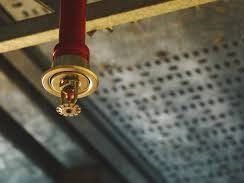
Fire protection systems
We offer a range of fire suppression solutions, including natural and chemical agents, plus gas/water-combined and water mist systems for diverse industries
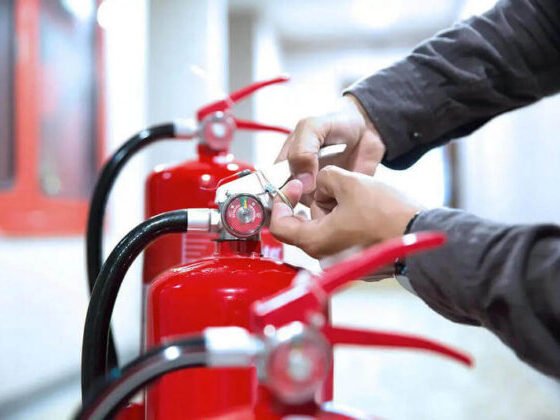
Fire extinguishers
We offer a wide selection of high-quality fire extinguishers with various approvals, including CE Mark and others, ensuring compliance and reliability.
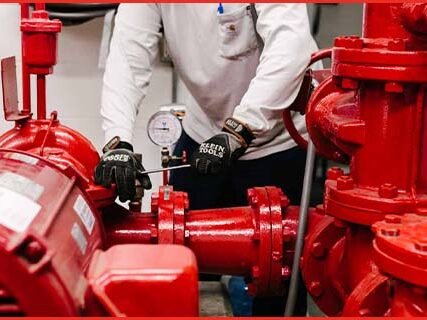
Fire systems maintenance
Fire protection systems need regular servicing to maintain optimal performance and ensure effective fire combat in case of emergencies.
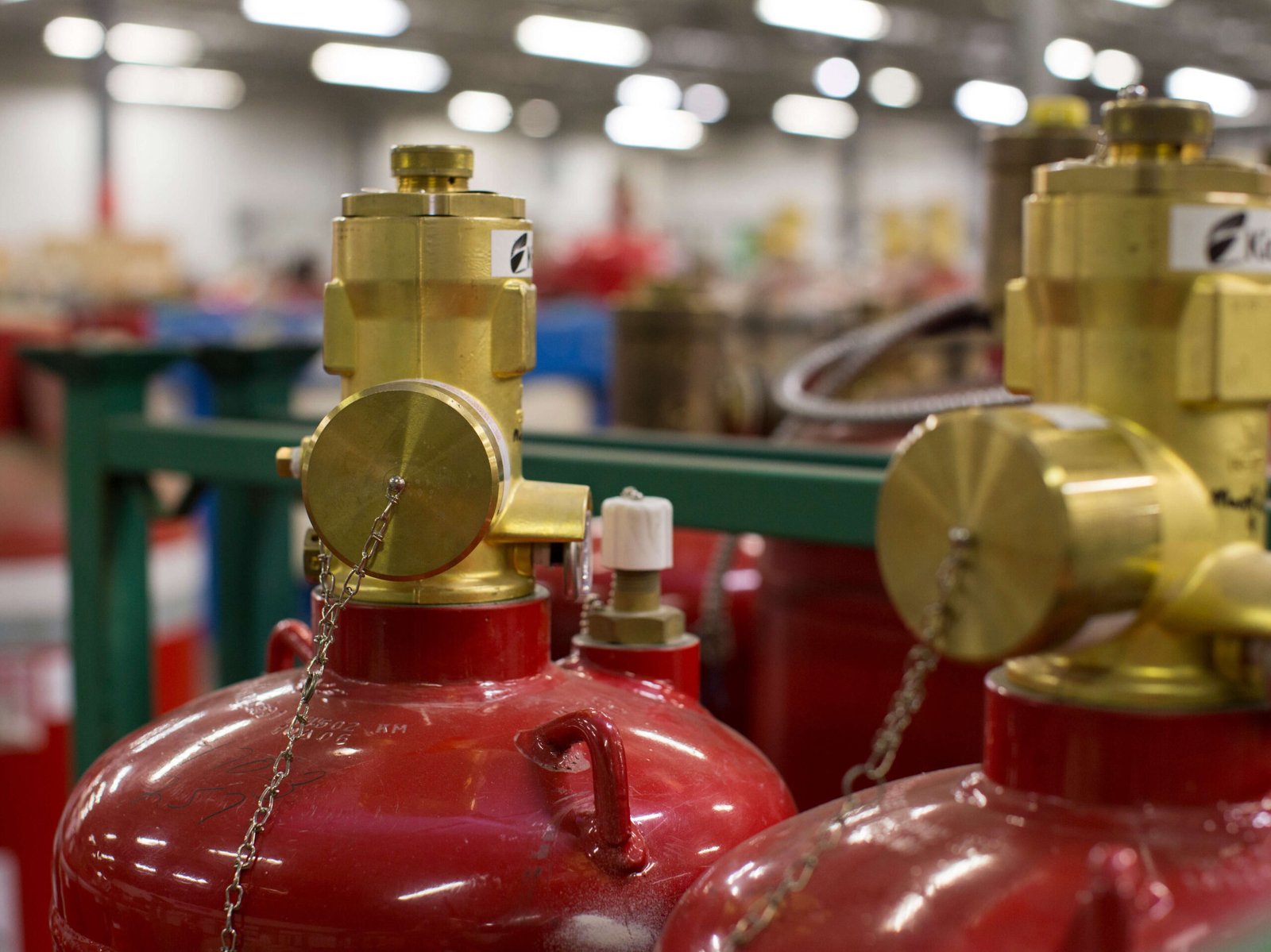
Halon Fire Extinguishers
Halon fire extinguishers use halon gas to interrupt combustion. Though effective, they are phased out due to environmental concerns, replaced by alternatives.
04
Fire Extinguishers Maintenance
Fire extinguisher maintenance involves regular inspection, testing, and servicing to ensure proper functionality. This includes checking the pressure gauge, ensuring the safety pin is intact, inspecting the nozzle for blockages, verifying the expiration date, and performing recharging or replacement if necessary. Regular maintenance ensures that extinguishers will operate effectively during an emergency.
05
Periodic Testing of Gas Cylinders
Periodic testing of gas cylinders involves inspecting and testing cylinders to ensure their safety and compliance with regulations. This includes checking for physical damage, corrosion, and leaks, as well as performing hydrostatic tests to assess the cylinder’s pressure resistance. Testing ensures the cylinder is safe for continued use, preventing potential failures or accidents.
06
Smoke and Heat Evacuation Systems Maintenance (SHEV)
Smoke and Heat Evacuation Systems (SHEV) maintenance involves regular inspection, testing, and servicing to ensure the systems function properly in case of fire. This includes checking smoke vents, fans, sensors, and controls, ensuring they are clear of debris, and verifying that all components are operational. Regular maintenance helps ensure effective smoke and heat removal, facilitating safe evacuation and minimizing fire damage.



